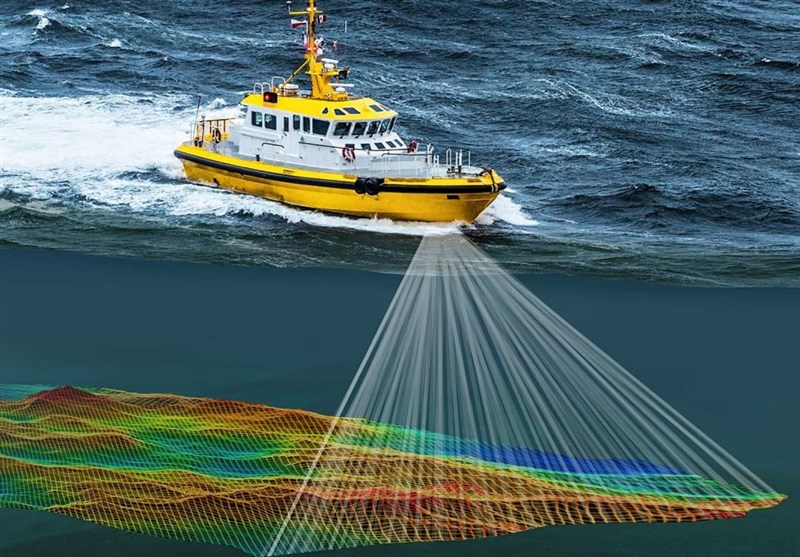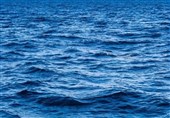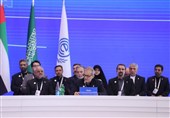Nations Intensify 'Scramble for the Oceans' with Seabed Naming Claims
TEHRAN (Tasnim) – As countries rush to name undersea features, experts warn of the geopolitical and environmental implications of a new wave of oceanic territorial claims.
"The sea does not belong to despots," Jules Verne wrote in Twenty Thousand Leagues Under the Sea in 1869. More than 150 years later, however, geopolitical experts are cautioning that Verne's vision of the ocean as a neutral space free from human conflicts is being challenged, according to the Guardian.
Scholars say that nations worldwide are asserting claims over underwater topography, including seabeds, sea caves, ridges, and reefs. This trend is driven by a resurgence of nationalist politics, as countries aim to leave a permanent mark on the mapped ocean floor.
Klaus Dodds, a geopolitics professor at Royal Holloway, University of London, describes this phenomenon as a "scramble for the oceans." He explains, "There’s more and more ocean grabbing going on, as countries have been granted legal permission to pursue this."
Dr. Sergei Basik, a geographer at Conestoga College in Ontario, Canada, attributes this oceanic territorial race to recent advances in 3D mapping technology, which have made it easier for nations to identify and lay claim to new undersea features, known as "bathyonyms."
"By naming an object, we effectively claim it," Basik says. "The claim extends not just to the name itself, but to the territory and its resources." He warns that this symbolic act of naming could eventually lead to the commodification of the ocean's natural assets.
Nations must submit their proposed names to the International Hydrographic Organization (IHO), based in Monaco, to gain international recognition. The IHO, which includes 100 member states, oversees naming undersea features on nautical charts.
Research by Basik reveals a significant uptick in naming proposals. While only 17 bathyonyms were submitted annually on average during the 20th century, the rate has surged to 95 names per year since 2000. The trend has accelerated further, with over 1,000 proposals submitted since 2016.
Japan leads the global race in naming seabed objects, having named 615 features, followed by the United States (560), France (346), Russia (313), New Zealand (308), and China (261).
Dodds explains that this push for seabed naming is partly driven by coastal states' efforts to extend their sovereign rights, often with an eye on potential underwater mineral resources. Under international sea laws, countries can expand their sovereign territories by up to 350 nautical miles from their coastlines if they can prove the nearby seabed is part of their continental shelf.
“Naming a feature reinforces the notion of exclusive ownership,” Dodds notes. “It’s a way of saying, ‘This is my space.’” He adds that the "politics of naming" is closely linked to expressions of national identity.
Examples include Indonesia’s naming of the Alamang Reefs in the Makassar Strait, after a traditional sword, and Chile’s naming of the O’Higgins Guyot and Seamount in the south Pacific, after 19th-century independence leader Bernardo O’Higgins.
Countries are also proposing names for features located far from their shores. Dodds points out that Bulgaria, despite a limited Antarctic presence, has been active in naming Antarctic features, highlighting a shift toward claiming ever more remote areas.
The rise in undersea naming proposals is also driven by interest in potential deep-sea mining opportunities, with nations mapping and surveying the ocean floor to lay the groundwork for future exploitation.
Basik emphasizes that the implications go beyond territorial disputes. “This is not only about geopolitical conflicts,” he says. “It’s about the potential for exploiting the oceans in ways that could be environmentally unacceptable.”






